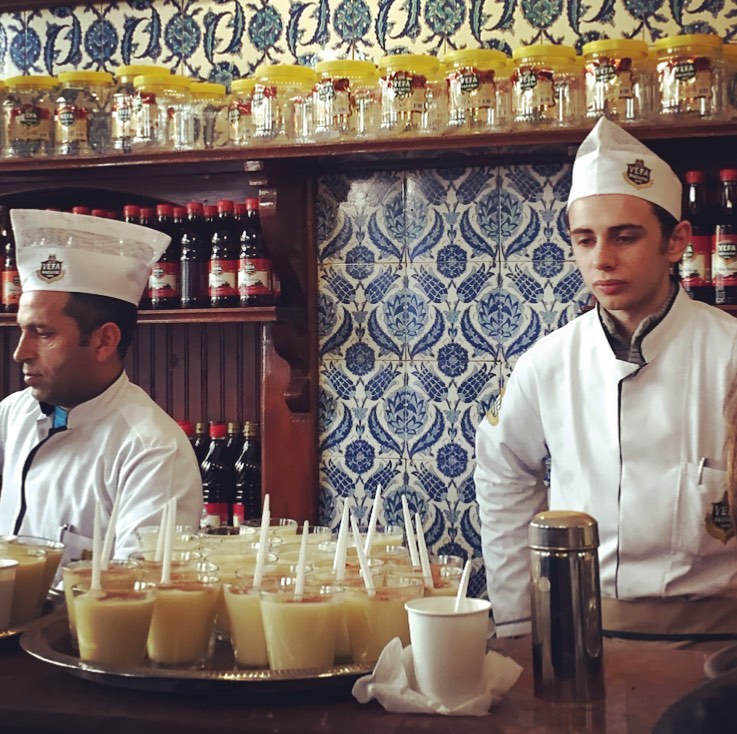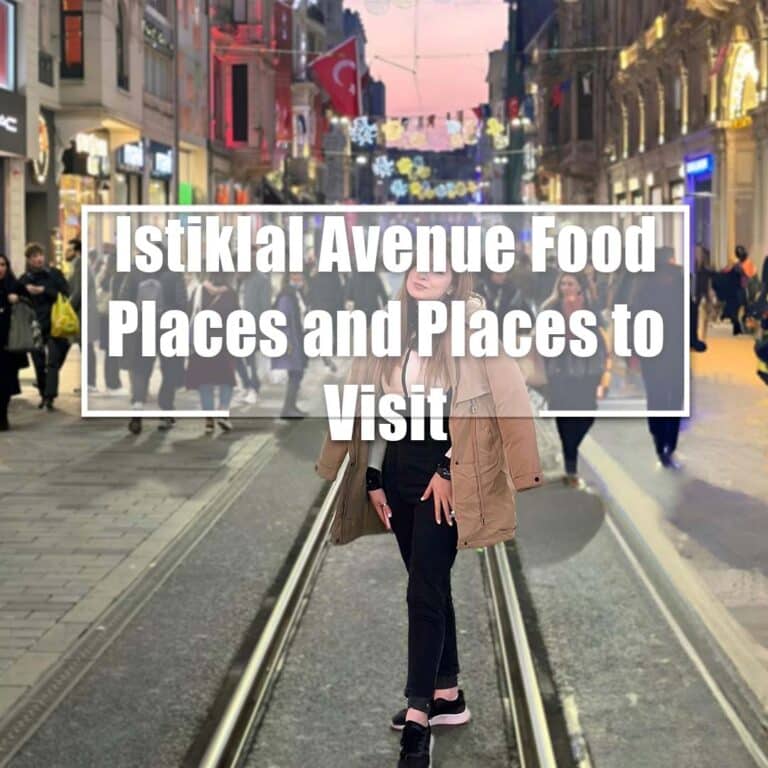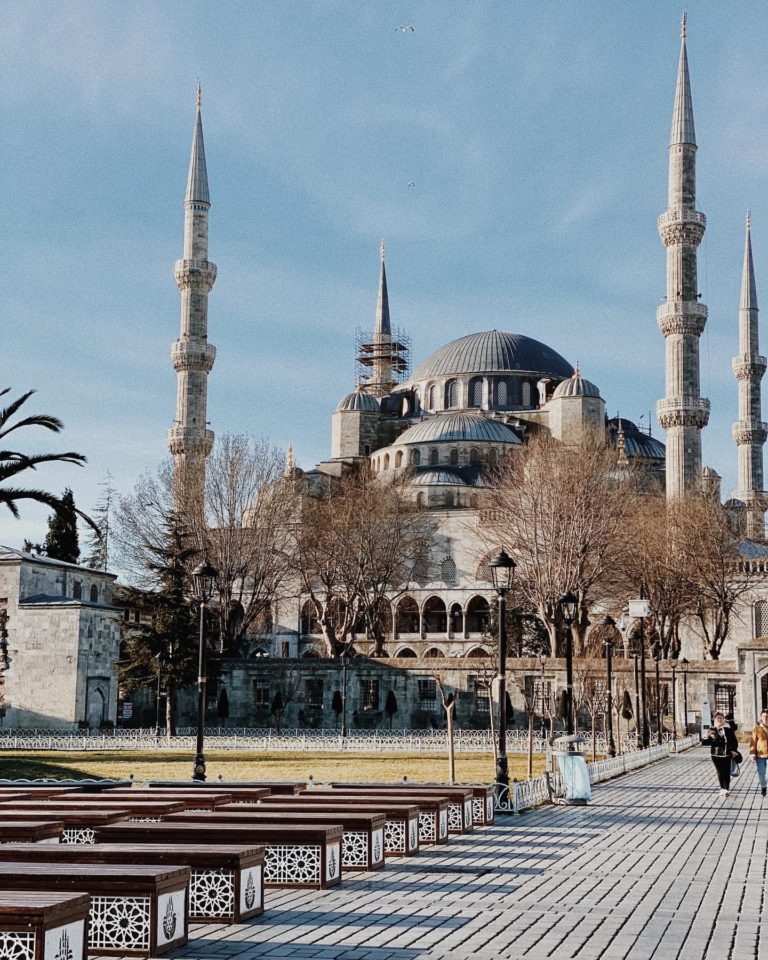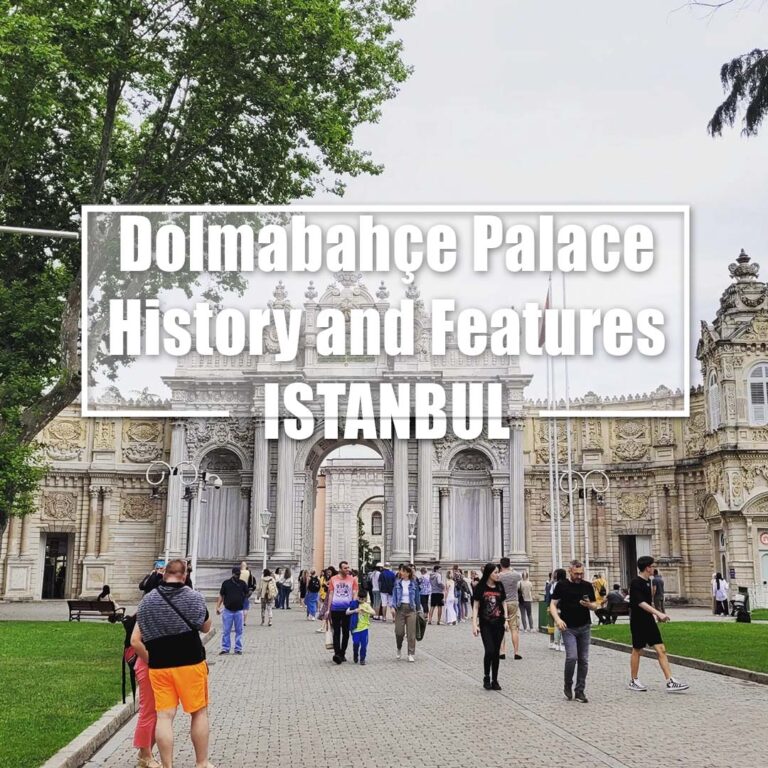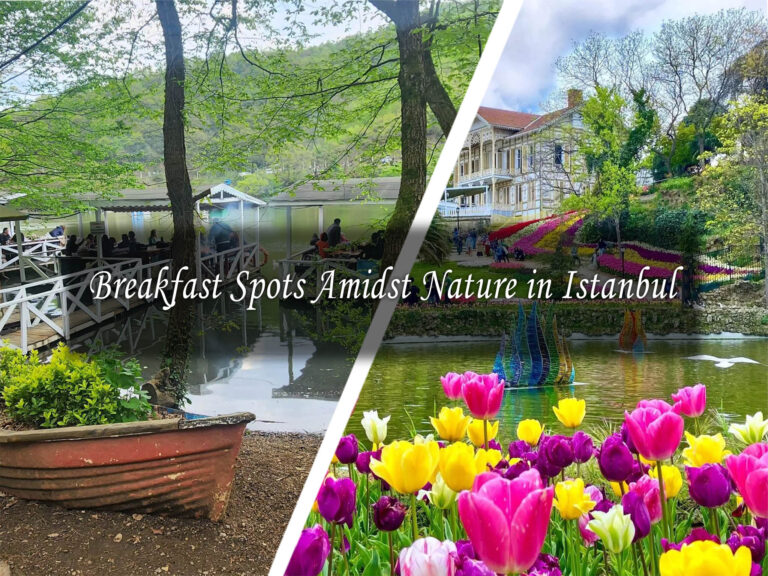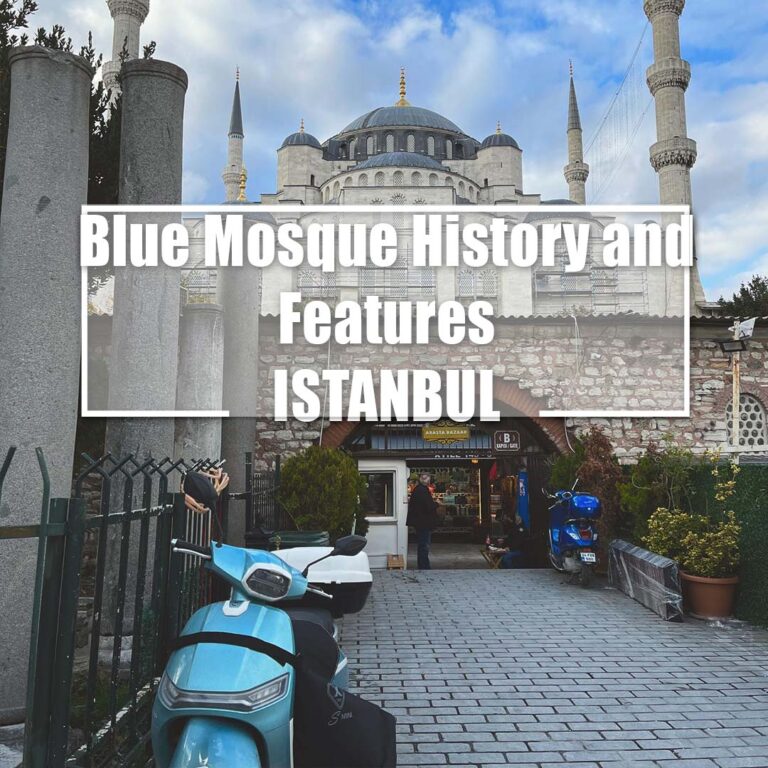25 Top Tourist Attractions in Istanbul

Top Tourist Attractions in Istanbul. Explore squares, streets, historical sites, museums, parks and islands. In short, we brought together the best places of Istanbul. We wanted to shed light on this history first and we start our list with the most popular tourist historical places.
25 Top Tourist Attractions in Istanbul
The list here consists of the most visited places in Istanbul. We recommend you to browse the Istanbul category for a complete list of places in Istanbul.
1. Suleymaniye Mosque
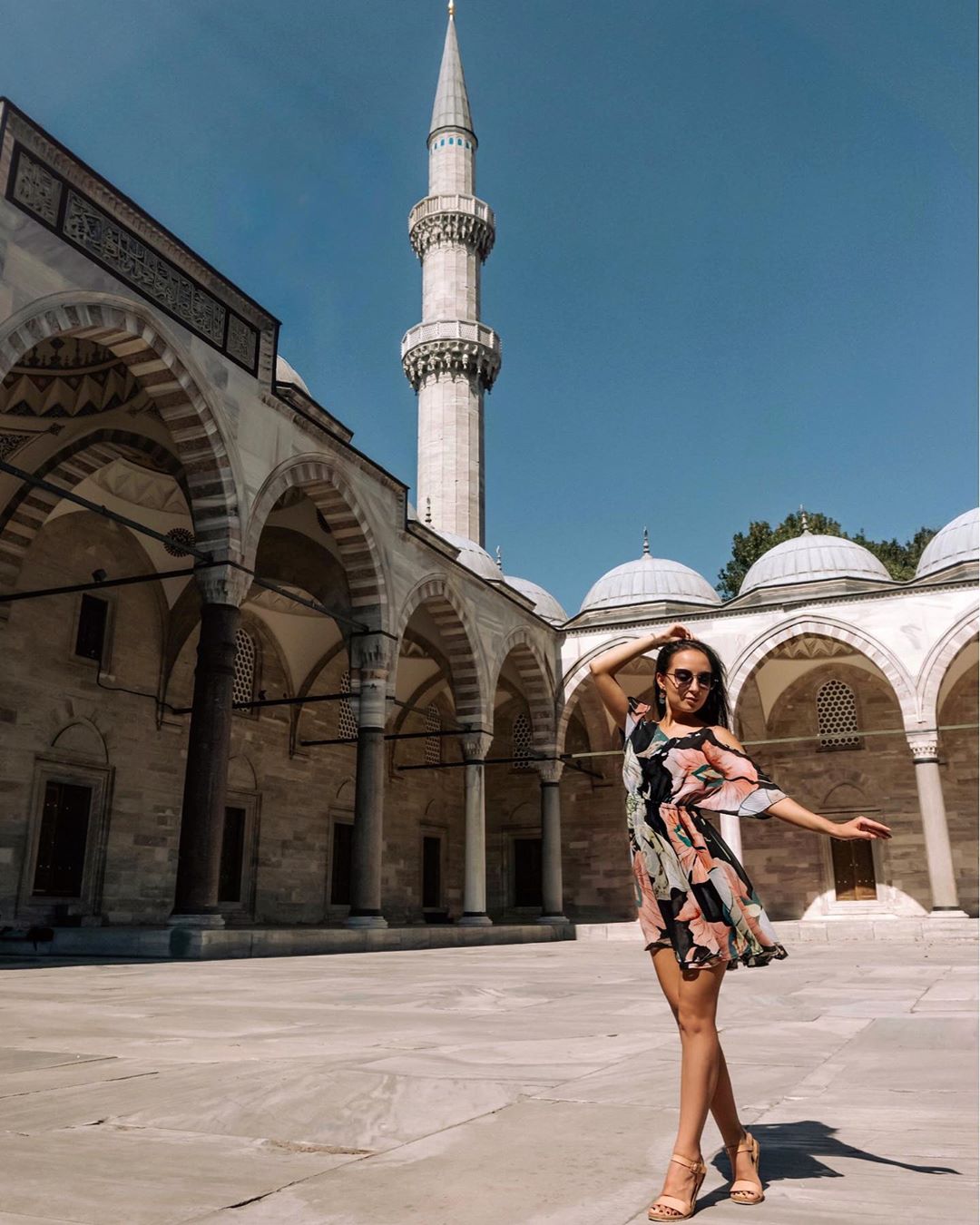
Mimar Sinan, whose signature is one of the most beautiful works of art, draws attention with the architectural subtleties he applied in the Suleymaniye Mosque, which he describes as his masterful period work. Located on the highest hill of the historical peninsula that overlooks the Golden Horn, Topkapı Palace, Bosphorus and Marmara and taken to the UNESCO World Heritage List in 1985, Süleymaniye Complex is the first place in our list of places to visit with conqueror features.
2. Yavuz Sultan Selim Mosque
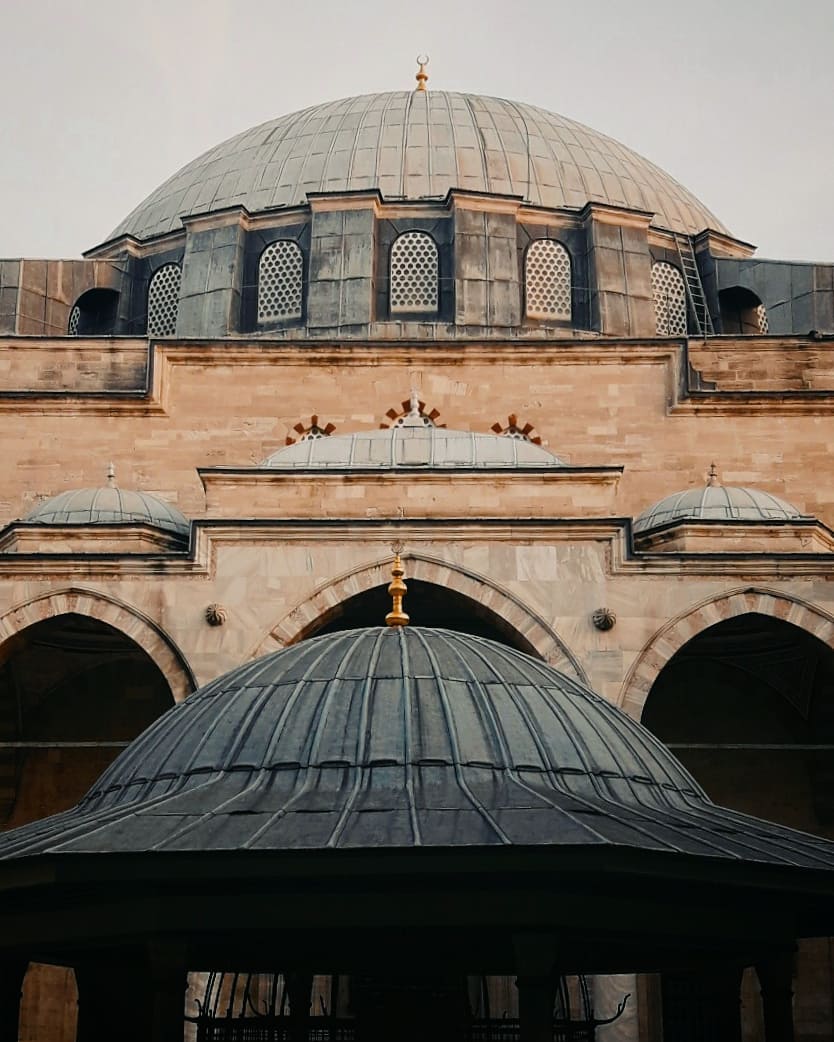
Yavuz Sultan Selim Mosque, which is part of a complex consisting of two tables, the tomb of Sultan Selim and Hafsa Sultan, the tomb of princes, the school and the imaret, is one of the seven helium mosques on the seven hills of Istanbul. Even though it is quite far away, a double bath is also counted from the complex.
In addition, a small second complex of madrasah and fountain, which was built by Sultan Süleyman the Magnificent for Mimar Sinan on behalf of Yavuz Sultan Selim and its classroom was organized as a mosque, is located in Yenibahçe.
3. Blue Mosque (Sultanahmet Camii)
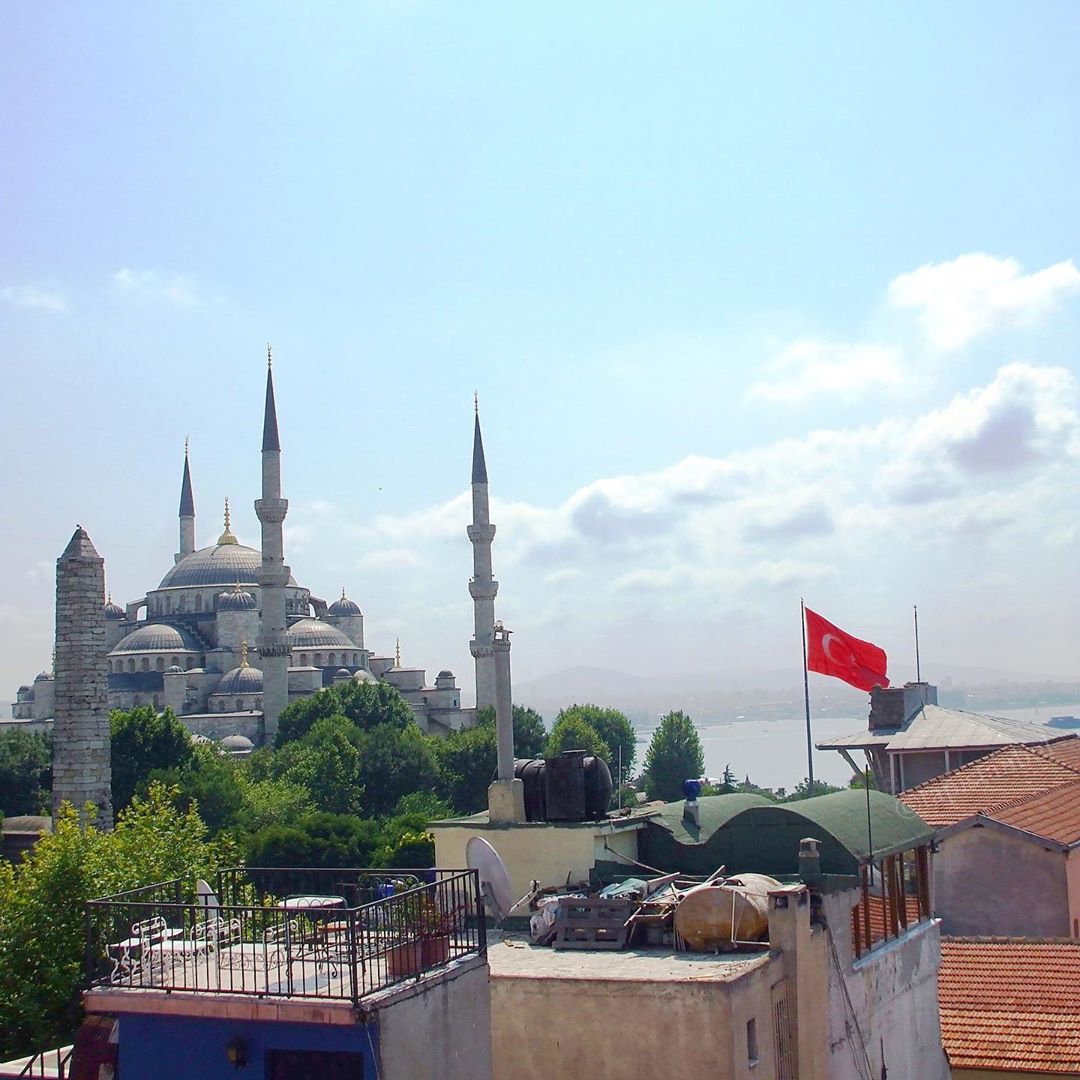
Blue Mosque is located in Sultanahmet Square, which is known by its name in Istanbul. Sultanahmet Square was called Hippodrome in Byzantine period and Atmeydanı in Ottoman period. Today, a portion of the area where the mosque rises above the ruins of the Byzantine Grand Palace.
There was a palace and several wooden mansions built by Sokullu Mehmet Pasha on the same area during the Ottoman period. When Ahmet I (1603-1617) decided to build the mosque, these buildings were demolished and a large area was exposed.
Sedefkar Mehmet Aga was brought to the architecture of the building. The foundation of the mosque was laid in 1609 with a ceremony attended by Ahmet I. The building, which was actually a complex, was opened for worship by Ahmet I in 1616, but its completion was completed in 1617 after Ahmet I ‘s death.
4. Beyazit Mosque
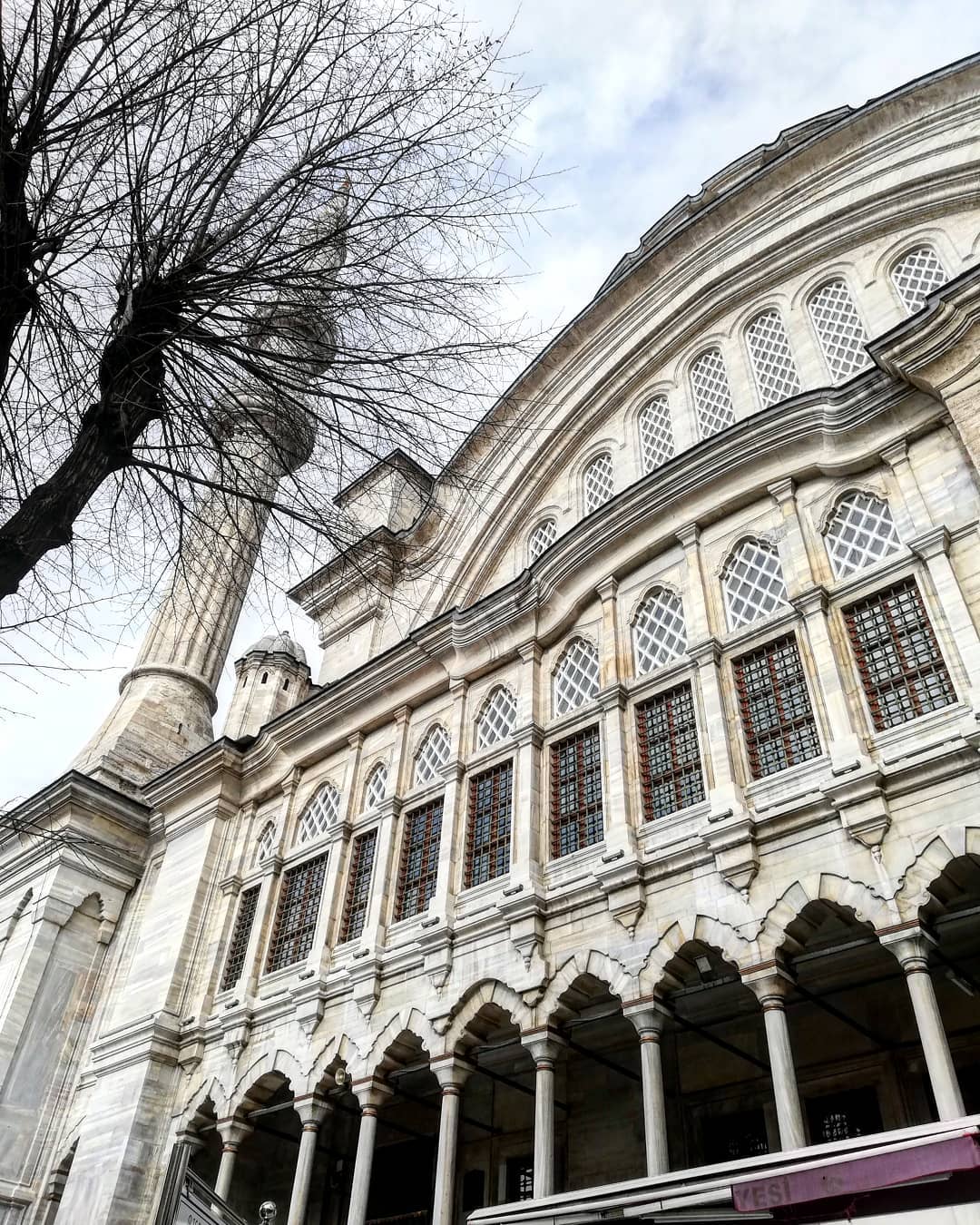
Beyazit Mosque stands out as a transition period between classical Ottoman architecture and early Ottoman architecture. The plan is similar to the Bursa Yesil Mosque, but there are significant differences.
During the Ottoman period, the mosque built by the Sultan was called Selatin Mosque. Beyazit Mosque, which is the second mosque built after the Fatih Mosque built by Fatih Sultan Mehmet, is considered to be the oldest mosque that retains its originality.
5. New Mosque (Yeni Camii)
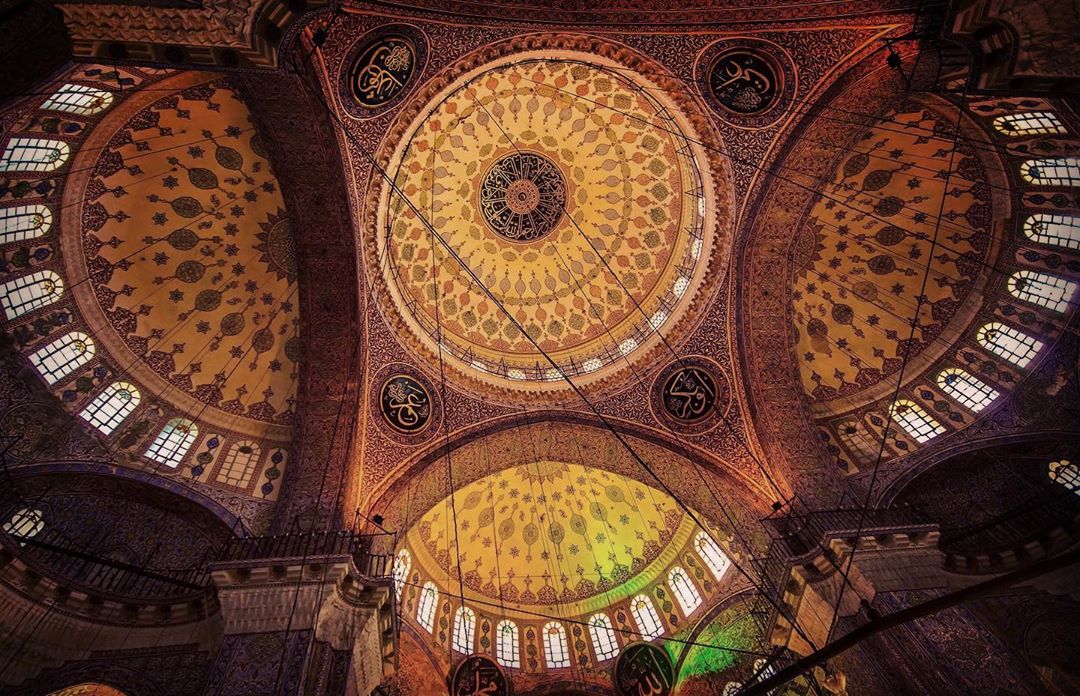
It has become famous as the mosque ending in the longest period in Ottoman history. New Mosque, which was built by the seaside when the construction was started and completed, remained inside with the filling of the sea in the following years.
When the construction of the mosque stopped with the death of Safiye Sultan, Jews settled in this area. A fire broke out and these Jews evacuated the land. Thus, construction continued. After the construction was resumed, it was no longer just a mosque, but also built Darulkurra, Sübyan School, Valide Sultan Tomb, Hünkar Pavilion, a library and a fountain.
6. Topkapi Palace (Topkapi Sarayi)

Topkapi Palace, which was used as the administration, education and art center of the Ottoman Empire for about 400 years, was the home of the sultan and was built after the conquest of Istanbul in 1453 by Fatih Sultan Mehmed.
The foundation was laid in 1460 and completed in 1478; It is located on an area of 700,000 square meters in Sarayburnu, at the tip of the historical Istanbul peninsula between the Sea of Marmara, the Bosphorus and the Golden Horn. Fatih is a must in our list of places to visit.
7. Hagia Sophia Museum (Ayasofya Muzesi)
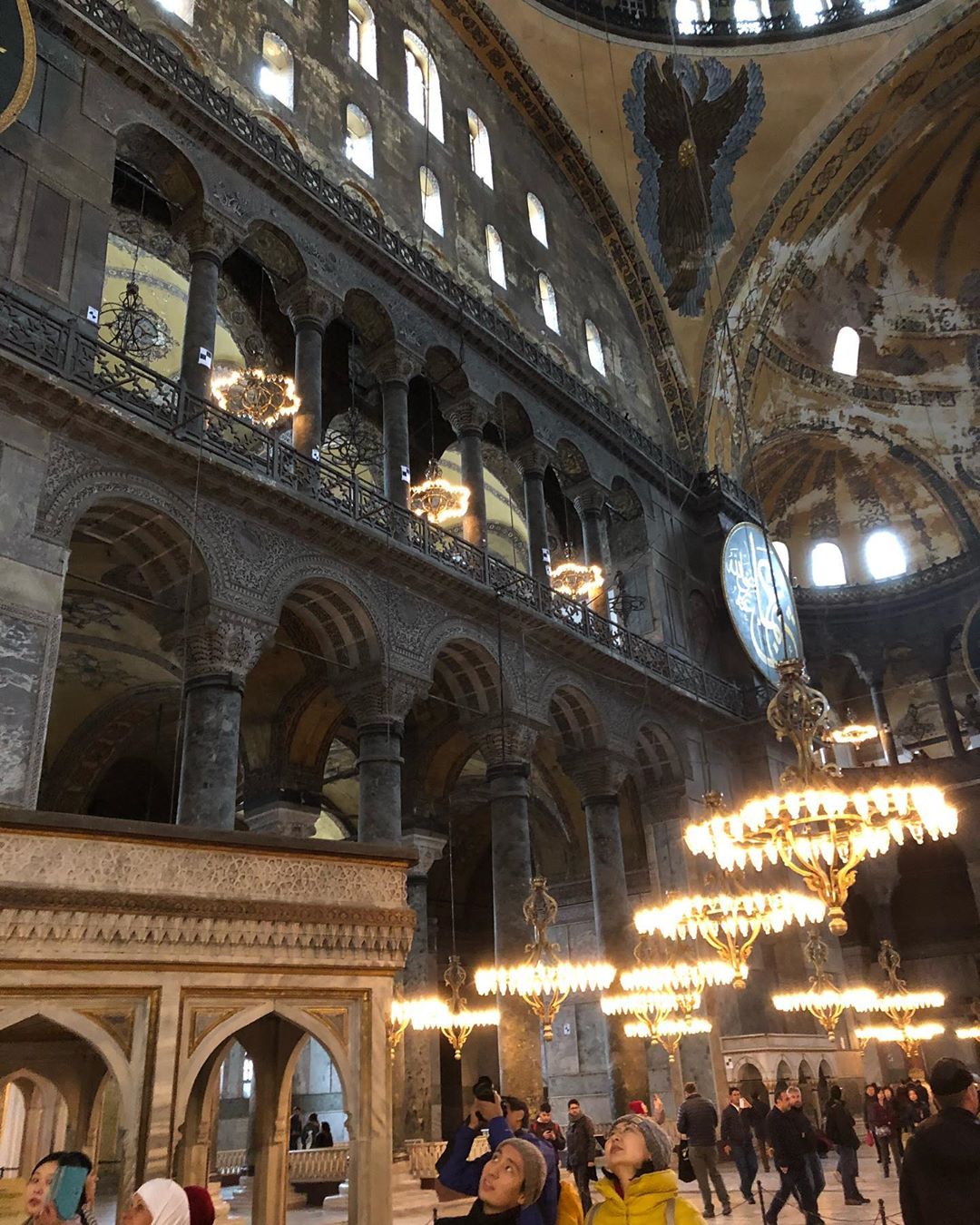
The Hagia Sophia Museum, one of the most important monuments in the history of world architecture, has been built three times in the same place and is the largest church of the Eastern Roman Empire in Istanbul.
The Hagia Sophia, which is an important place for the art world in terms of its architectural structure, grandeur, size and functionality, was named as the Great Church (Megale Ekklesia) when it was first built.As of the 5th century, it was defined as as ‘Ayasofya’ which means Sacred Wisdom.One more legendary work. Actually, he wants this place to be at the top of the list of places to see in the conqueror. 🙂
8. Basilica Cistern (Yerebatan Sarnici)
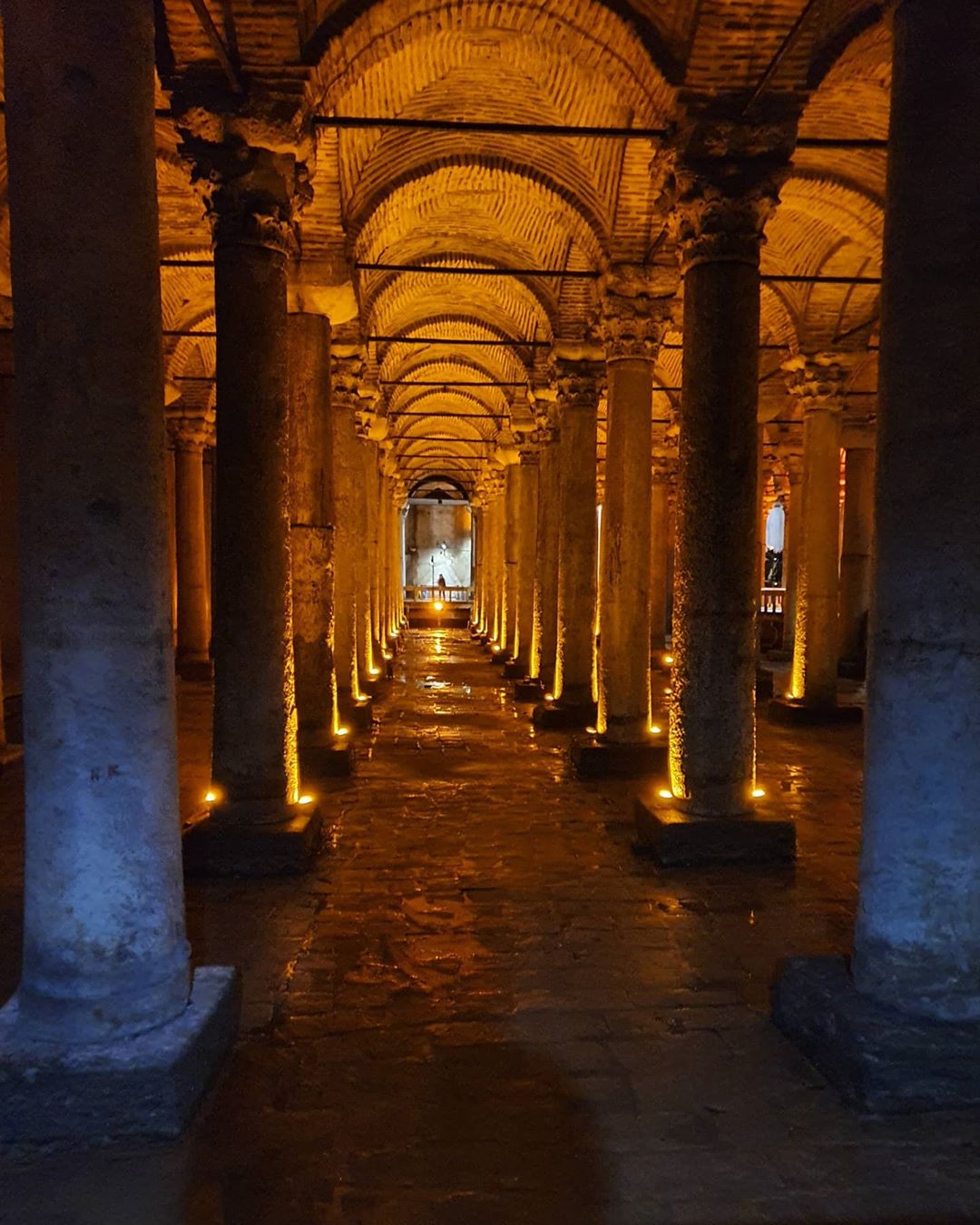
Basilica Cistern was built in 542 by Byzantine Emperor Justinian. The splendor of the columns rising through the water is enchanting. Built on 9800 square meters, the cistern hosts many national events. The cistern has 336 columns of 9 meters in height.
The cistern, built to meet the water needs of Istanbul, has a water storage capacity of one hundred thousand tons. The cistern is so magnificent that it was called a palace by the people of the period. Under the two columns are the opposite heads of the ancient Greek monsters called Medusa.
9. Theodosius Cistern (Serefiye Sarnici)
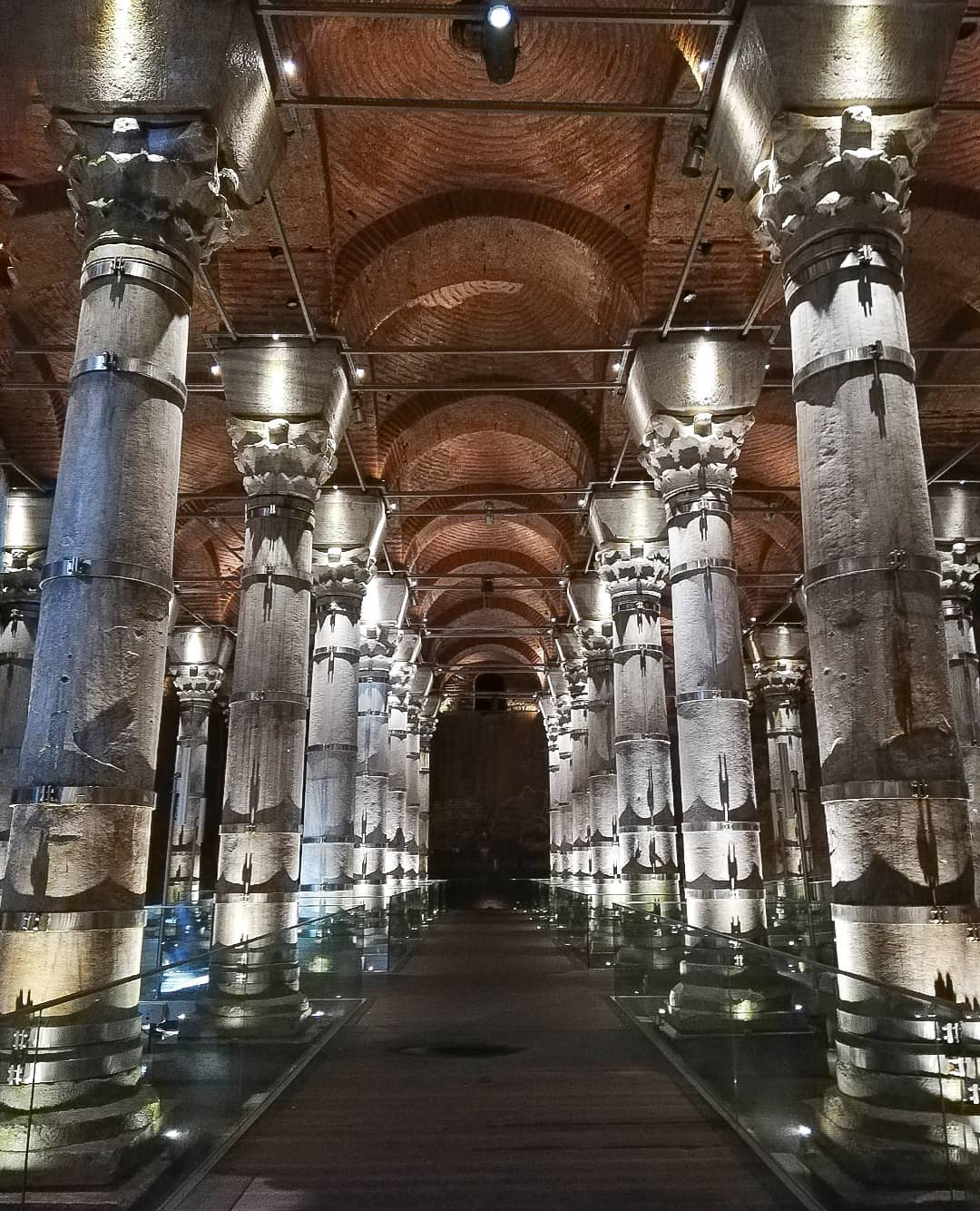
Another name of this place (Theodosius Cistern) between the years 428-443 Byzantine Emperor II. It was built by Theodosius to provide water storage through the Bozdogan Arch. The Serefiye Cistern is even older than the oldest cisterns in Istanbul, such as the Basilica Cistern and the Binbirdirek Cistern. On the cistern is the Arif Pasha Mansion built in 1910 and the old building of Eminönü Municipality in the 1950s.
10. Aya Irini Church
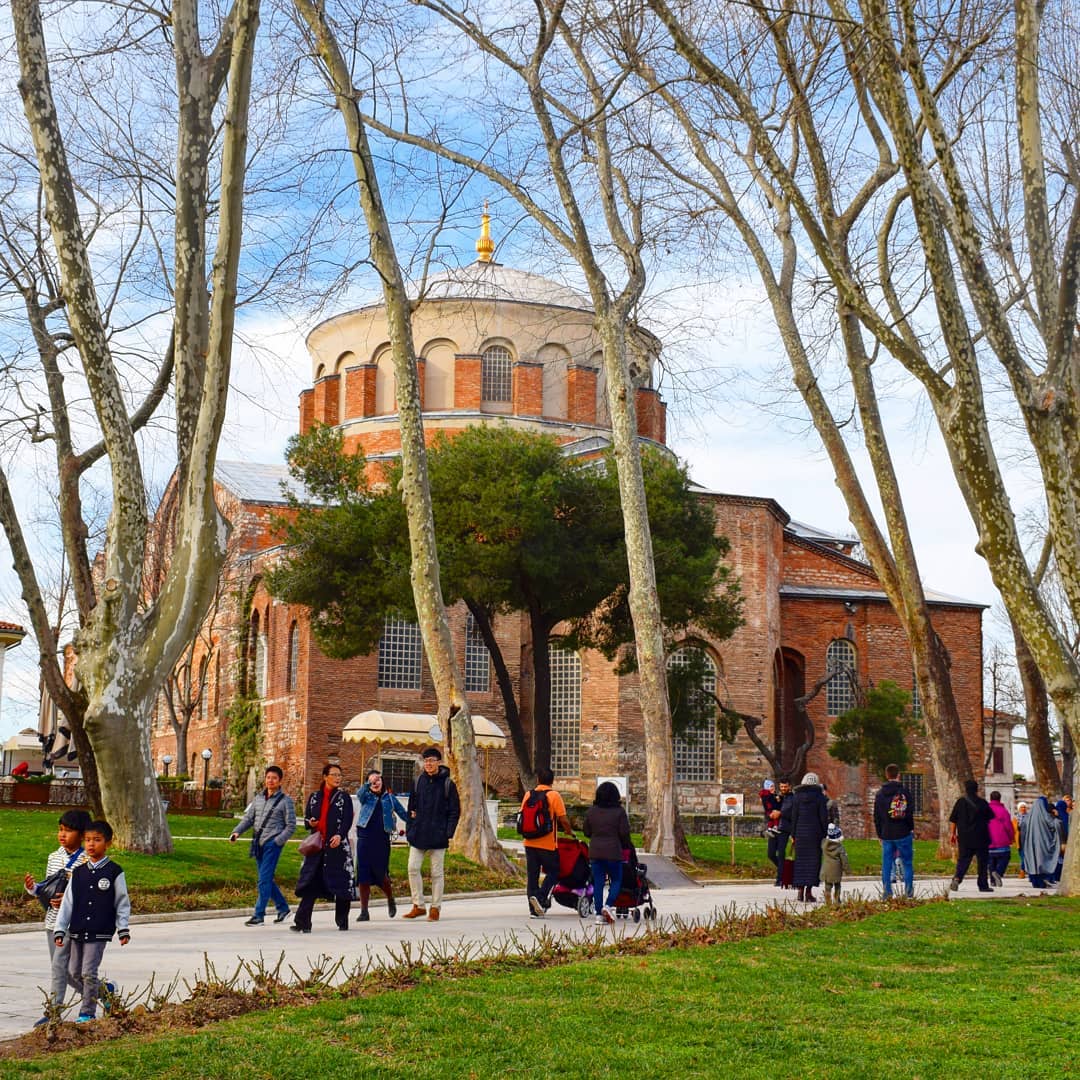
One of the most important works of faith tourism in Istanbul is the Church of Ara Irini. Many Christians come to Istanbul to visit this church. The architectural structure of the work from the Byzantine Empire is in the same line as the other Byzantine artifacts.
The fact that it is located in the first courtyard of Topkapı Palace is also important in terms of reflecting the tolerance of the Ottoman State tradition. When you think of the Byzantine churches in Istanbul, it will not be difficult to say that this is the largest.
11. Spice Bazaar (Misir Carsisi)
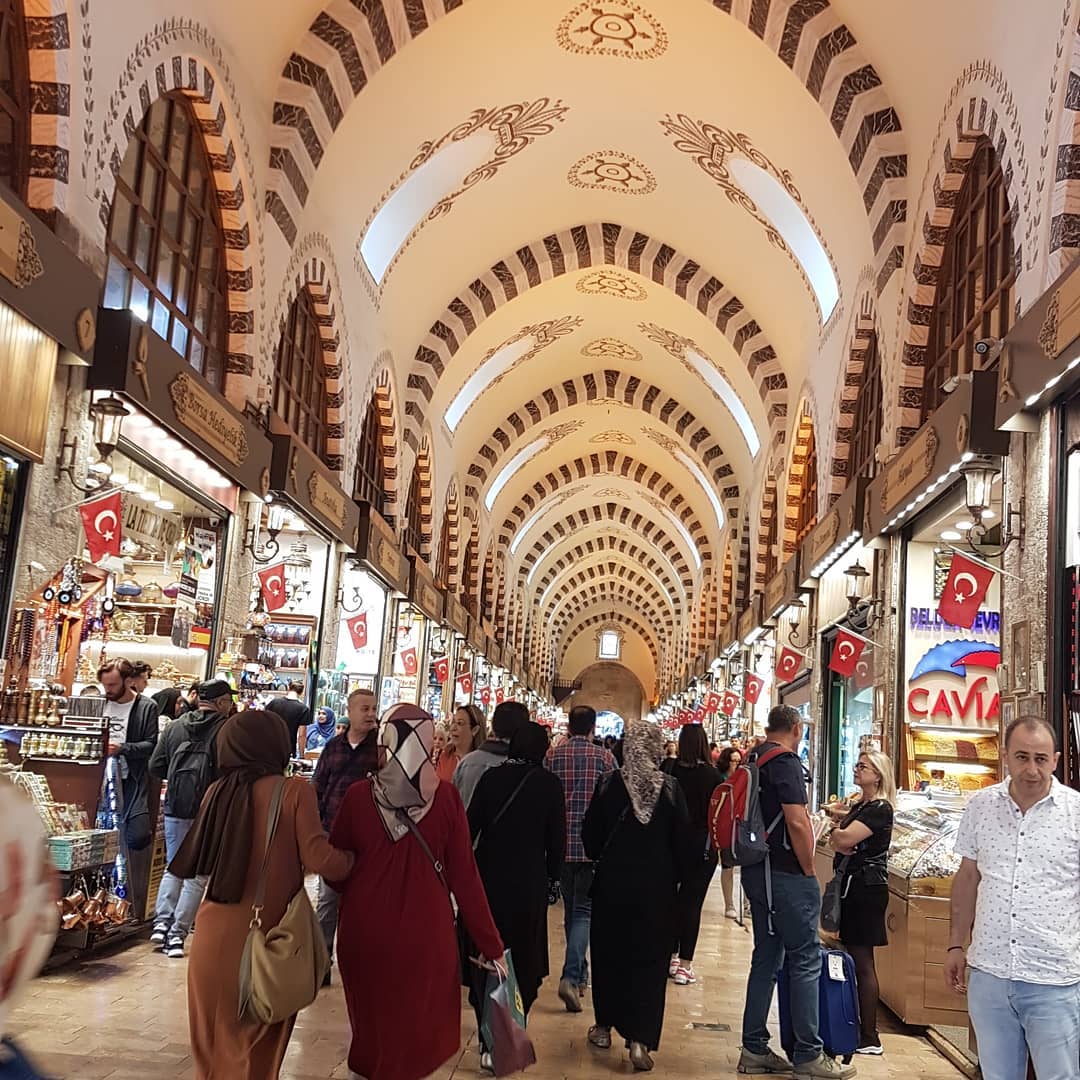
The Spice Bazaar, built in the classical Ottoman style, has the feature of being if Double Bazaar ”. It was built in the ’ L ’plan scheme with successive rows of stones and bricks, where the long and short sides meet. It was built in the Yeni Mosque Complex which is the longest mosque construction in Ottoman history. Fatih is one of the leading places on our tour list.
12. Gulhane Park
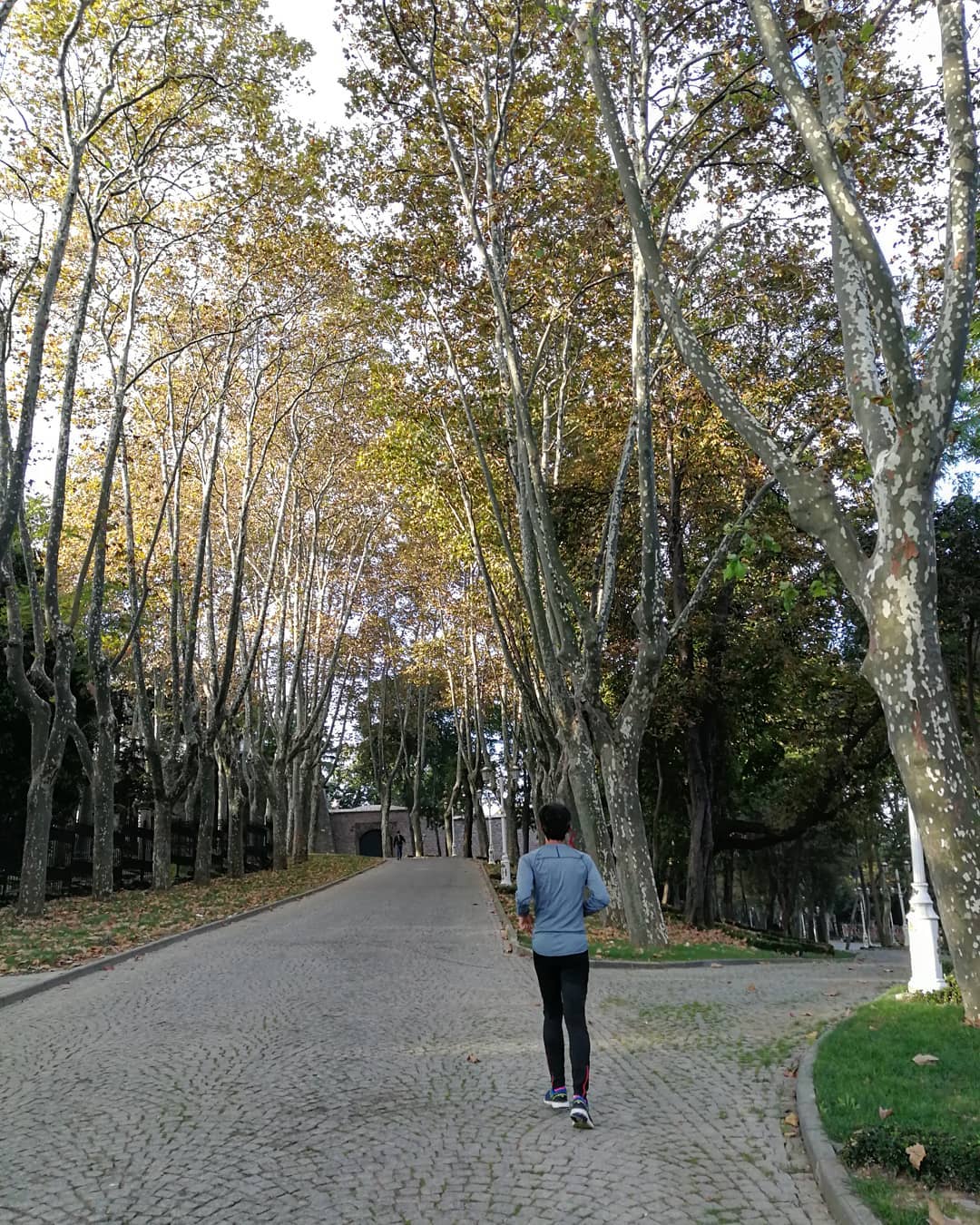
Gulhane Park was an exterior garden of the Topkapı Palace in the Ottoman Empire with grove and rose gardens. The first movement of the Tanzimat Edict which was accepted as the first step of democracy in our history, Islahat Edict was read by the Minister of the Republic Mustafa Resit Pasha on 3 November 1839 during the reign of Abdulmecit.
Cemil Pasha (Topuzlu) was organized in time and turned into a park in 1912 and went public. During the Republican era, Gulhane Park gained a special importance as the place where Ataturk set foot in the Istanbul district after the Independence War.
To commemorate this, the first statue of Ataturk was erected here in 1927. Ataturk showed his latin letters to the public for the first time in this park on 1 September 1928. While Ataturk’s body was sent to Ankara, the last ceremony in Istanbul was held on 19 November 1938 in the Sarayburnu section of Gulhane Park.
13. Tiled Kiosk (Cinili Kosk)
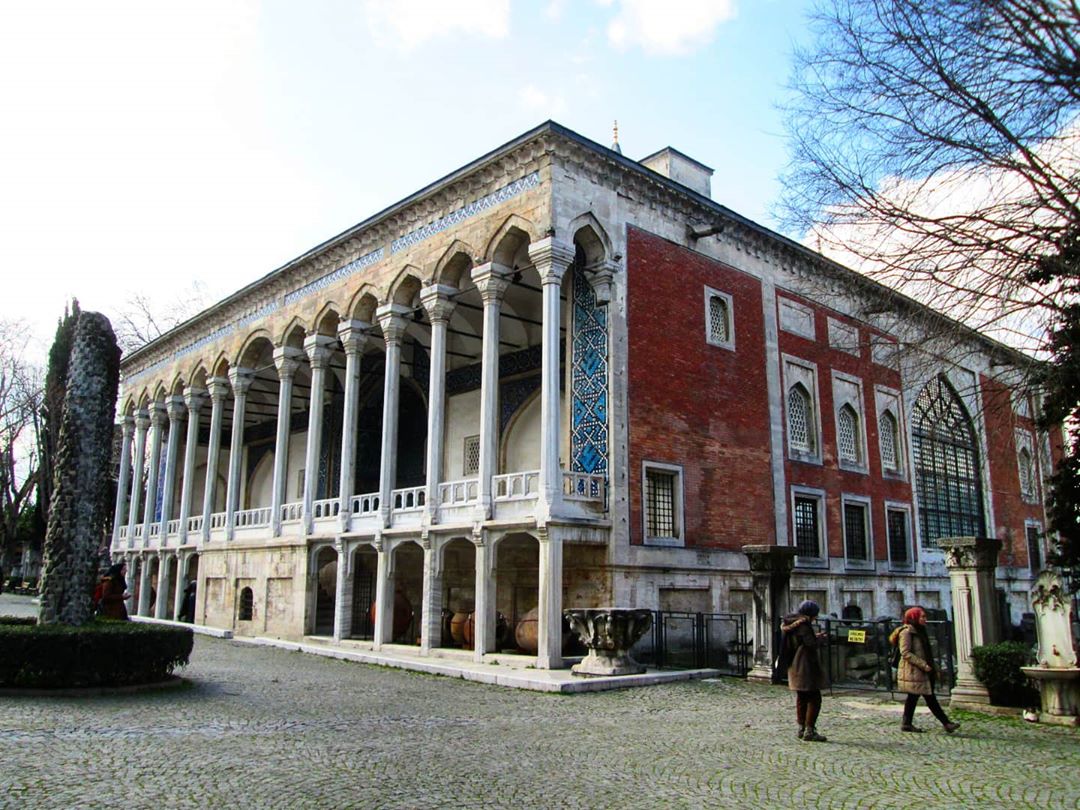
Tiled Kiosk Museum, also known as “Sırca Saray” or “Kasr-ı Kâsi”, was built by Fatih Sultan Mehmed in 1472 in the grove of Sarayburnu and within the Topkapi Palace Wall. Architecture is unknown. The Tiled Kiosk is the only example of Ottoman civilian architecture built in the Selcuk period in Istanbul.
In addition, it is an early Ottoman example of Seljuk influence with its façade, decorated with columns, terrace with iwan and cut tile decor.
14. Chora Church (Kariye Muzesi)
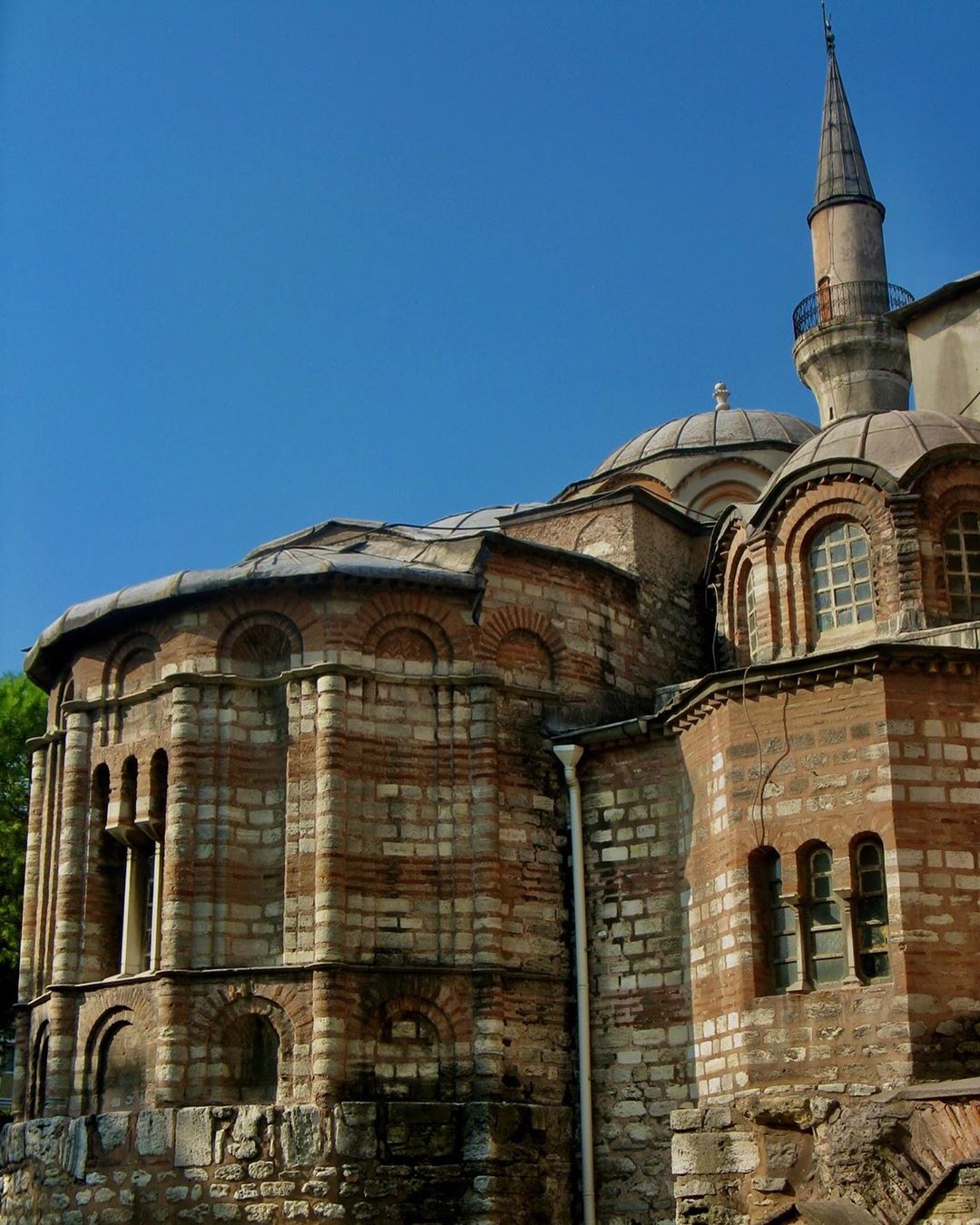
Chora Church (Museum) is one of the most important museums in Istanbul that attracts the attention of local and foreign tourists. Let’s take a look at where the Chora museum is, how to get there, what is the entrance fee. First of all, there is a constant circulation of visitors here.
One of the reasons why the Chora Museum is so popular with visitors is its history. Chora Museum During the Byzantine period, the church was used as a mosque after the conquest of Istanbul by Sultan Fatih. Chora Museum M.S. It has a history going back to the 6th century.
When it was designed and built as the first church, there were many buildings around it that formed a monastery complex. These structures could not be demolished in time.
15. Museum of Turkish and Islamic Arts

As the name implies, the Museum of Turkish and Islamic Art has the distinction of being the first Turkish museum in which Turkish and Islamic works of art are exhibited collectively. The establishment of the museum dates back to the 19th century.
The museum, whose construction was completed in 1913, began to serve under the name of Islamic Foundations Museum (Evkaf-ı İslamiye Museum) in the imaret building within the Süleymaniye Mosque Complex. After the proclamation of the Republic, it took its present name (Museum of Turkish and Islamic Arts).
16. Cagaloglu Turkish Bath
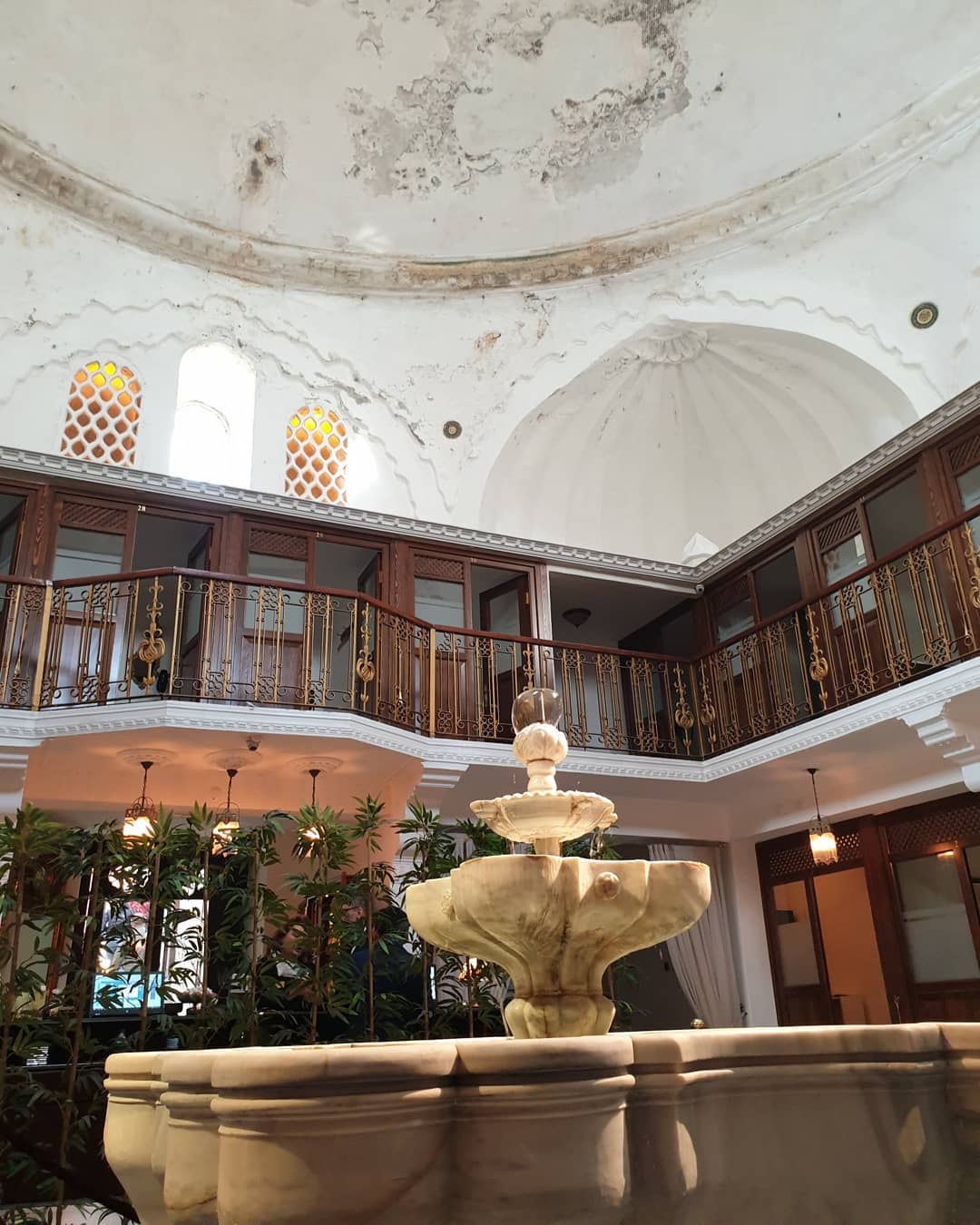
Cagaloglu Bath, built by Mahmut I in the 18th century, is located near the Basilica Cistern. The purpose of building the bath was to provide income to the Hagia Sophia Complex and the Hagia Sophia Library and it served this purpose for a long time. The hammam, drawn by the architect of Hassa Suleyman Aga, is admired by those who travel and see with its different architecture.
17. German Fountain
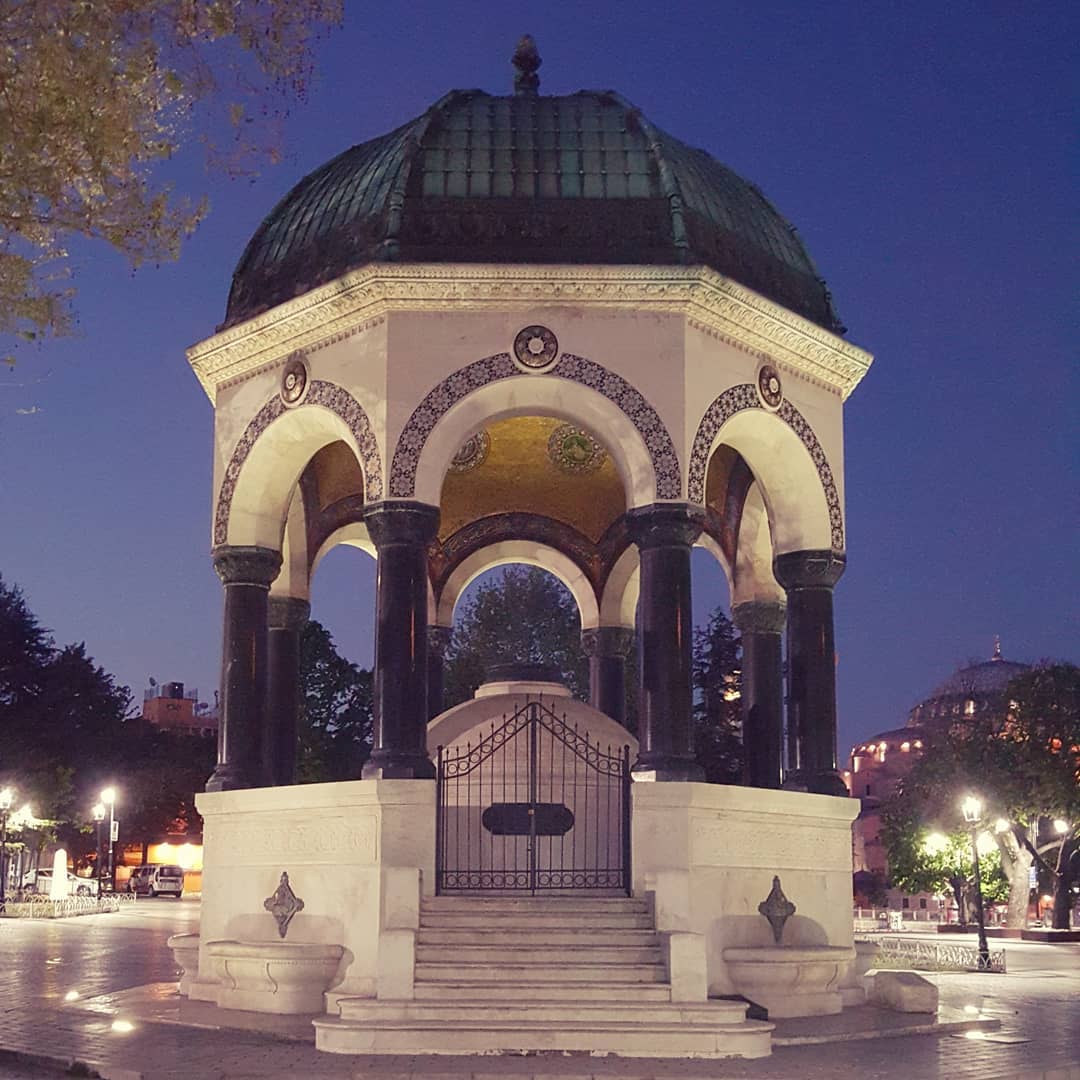
The German Emperor II. Wilhelm’s Sultan II. During his visit to Abdülhamit and Istanbul, he presented the German Fountain to the Sultan in exchange for the political and commercial agreements of that period. The Sultan visited the Sultan for the second time at that time.
During his first visit, Wilhelm reached an agreement with the Sultan to sell German rifles to the Ottoman army. In his second visit, he made a thank-you in return for the construction of the 4,000-kilometer Baghdad Railway, which was planned to be built between Istanbul and Baghdad and will be the longest railway line in the world at that time.
This fountain is also important in terms of maintaining the oppressive attitude of Germany politically and preparing the ground for new agreements.
18. Molla Aski Terrace Cafe
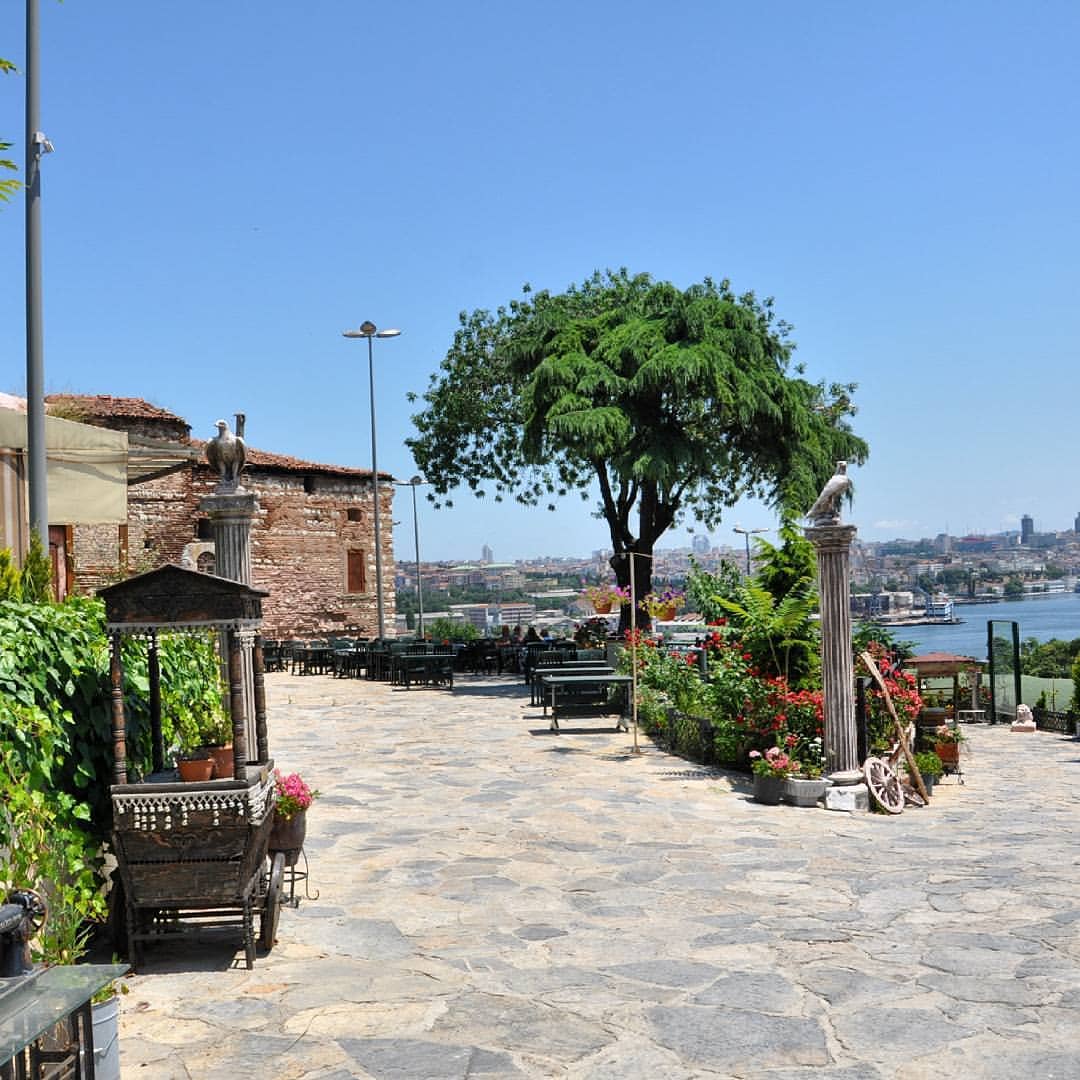
If we say that Molla Aski Terrace Cafe is one of the most beautiful places of Istanbul, we will not exaggerate. Both Asian and European landscapes are in one frame at the same time. Topkapi Palace on one side, Galata Tower on the other side.Historical structures come alive in the eyes of people. The names of those who have come and who have come and passed from this land.
19. Vefa Bozacisi
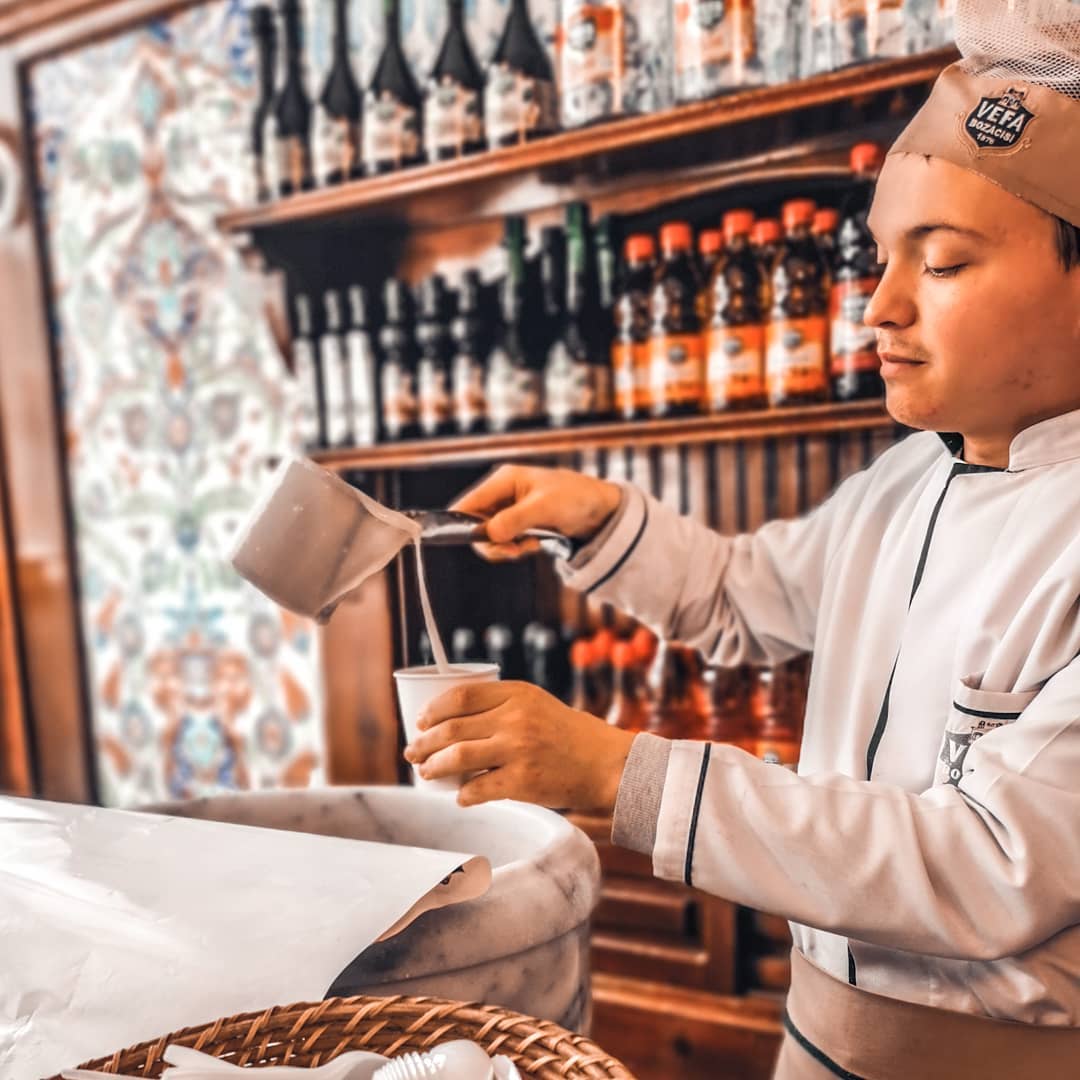
The most famous brands in our country often become a new name for that product, and the words that are roseless with unchanged labels and languages. Vefa Bozacisi, which has become the only name and brand for Boza, is one of them. In our country, it is possible to come across this kind of radical expression for many foods or elements.
Vefa is a district in Istanbul; Although it comes to the fore with the boza, it is an important historical texture for Istanbul with almost every element and people. Fatih ends our list of places to visit here, but we’re not finished yet what to eat when you come here ? Let’s look at them for what now.
20. Silivrikapi Ice Rink

Silivrikapi Ice Rink is the biggest ice rink in Istanbul. It is located on the ground floors of the shopping center with lots of small space, don’t think of the slopes with children. You can ski with the professionals at the Olympic Ice Rink, which has a 900-seat audience parking space.
On the ice rink, which is a different way to spend time with your friends, you can take private lessons and turn these moments into a hobby or even a sport. Students cannot take courses at certain times and there are free entrance hours for students at Istanbul University.
If you like winter, if you are interested in winter sports, if you like ice, you can watch competitions and ice shows like ice hockey, artistic skating in this area, and maybe you can be inside. In addition, additional information, the building of the ice rink building Sports Inc. There are 80 car parks, a cafeteria and a snack bar on site with fitness and aerobics rooms.
What To Eat in Istanbul?

There is no doubt that you will find a meal that suits your taste in Fatih, which has a very rich food culture. Eastern and Southeastern cuisine is predominantly in the Women’s Market, the Black Sea Cuisine in the Malta Bazaar, pastry shops and much more.
Buryan Kebab: Buryan kebab is popular at the Women’s Market. The büryan, served on the smoked nail pita, can be enjoyed at every kebab shop here. Although the most famous Seref Buryan Kebab Hall is Buryanci Osman, Sur Ocakbasi is also very successful in this regard.
Curtain Rice: Curtain Rice with bird raisins made with plenty of almonds is one of the symbols of Fatih. He usually goes to every table with kebab. But if you don’t like curtain rice, you can taste the stuffed meatballs they call ‘kitel’…
Black Sea Pita: Our address is goers from all over the world, Fatih Karadeniz Pidecisi. In the pita lounge, minced pita is served indoors, cheese is served outdoor and optionally with eggs.
Another stop for pita is Oz Kilis Kebap and Lahmacun Salonu. Speaking of pita, you can eat mixed lahmacun with garlic or onion with pistachio in kebab shop on Bedrettin Simavi Street, where many celebrities from Mehmet Barlas to Hıncal Uluç have eroded the door.
Home Cooking: If you do not want kebab and lahmacun,If you prefer your home dinner,direction Kiztasi.The most assertive food at Paçacı Mahmut Usta, where 20-30 kinds of juicy meals are produced, is Paça soup.
The buffalo is made with yogurt and cooked with lamb’s feet from Balıkesir.Komur Restaurant is a place that seduces even those who don’t like baked beans.They do not share the secret of dried beans prepared without oil. They bring chickpeas from abroad.
Dessert Time: Fatih Sarmasi. It is baked using flour, eggs, sugar, baking soda and vanilla. Oil is not used when making. ‘Sarma’ takes its name from its roll-up. Then the apricot marmalade is in the middle of the dough. 80-year-old Fatih Sarmacisi’nda, dessert yogurt on the dessert in the winter, ice cream is put in the summer and served.
Milky Sweet Lovers Here: Barbaros is one of the indispensable flavors of Fatih.The 92-year-old Barbaros has two branches in the neighborhood and no other.They bring the milk from Çatalca and use yeast to make buffalo, cow and sheep yogurt. Buffalo buffets are also a taste of language. But here is one of the first things to be tasted, milky desserts, such as keskul, tavuk gogsu.
Where is Istanbul? How to go?
For transportation by train and Metro;
T1: Kabatas – Bagcilar Train Line
M1A: Yenikapı-Ataturk Airport Subway Line
M1A: Yenikapi – Kirazli Subway Line
M2: Yenikapi – Haciosman Subway Line
They can provide transportation with Marmaray:
To reach by public transportation (bus); 28 – 31E – 32 – 36A -36KE – 36V – 37E – 37Y – 38B – 38E – 39B – 39Y – 86V – 87 – 90 – 91O – 336E and MR12 buses can provide transportation with line number.
Those who want to reach by sea; Kadikoy-Eminonu, Uskudar – Eminonu, Rumelikavagi – Eminonu and Eyup-Uskudar ferry lines can reach Fatih after arriving to Eminonu.
If you want to add 25 Top Tourist Attractions in Istanbul, please write us a comment.

